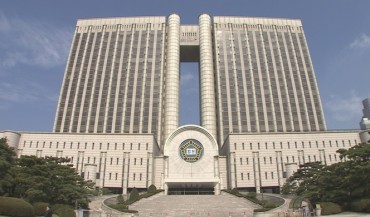
This image, provided by Yonhap News TV, depicts South Korea’s demographic challenges from low birthrates and rapid aging.
SEOUL, July 28 (Korea Bizwire) — South Korea’s total population fell for the first time last year due to the country’s low childbirths and rapid aging, along with a decline in incoming foreigners during the pandemic, data showed Thursday.
The country’s total population reached 51.74 million as of Nov. 1, 2021, down 91,000, or 0.2 percent, from the previous year, according to the 2021 census by Statistics Korea.
It marked the first on-year decline since 1949, when the statistics agency began compiling census.
The total population is calculated based on childbirths and deaths data and cross-border movements of foreigners who are living in South Korea for more than three months.
Last year, the number of Korean nationals fell 45,000 on-year to 50.09 million, while that of foreign residents declined 3.2 percent to 1.65 million.
The data came as South Korea has been grappling with demographic challenges from a chronically low birthrate and rapid aging.
Many young people delay or give up on getting married or having babies due to an economic slowdown, high housing prices and changing social norms about marriages.
The country is also widely expected to become a super-aged society in 2025, in which the proportion of those aged 65 and older will hit 20 percent of the total.
South Korea reported the first natural fall in population in 2020, as the number of deaths outpaced that of childbirths.
The number of people aged 65 or older reached 8.71 million last year, taking up 16.8 percent of the total population, the data showed.
The working-age population, or people aged 15 to 64, reached 36.94 million last year, accounting for 71.4 percent of the total.
Meanwhile, the total number of households came to 22.02 million in 2021, up 2.5 percent from the previous year.
The number of one-person households rose 7.9 percent on-year to 7.17 million. This accounted for a record high of 33.4 percent of the total.
Households consisting of one member have been on a steady rise as young people are delaying marriages. Rapid aging also pushed up the proportion of older adults living alone.
In 2021, the number of households consisting of multicultural families came to 385,000, up 4.7 percent from the previous year, the census showed.
(Yonhap)







